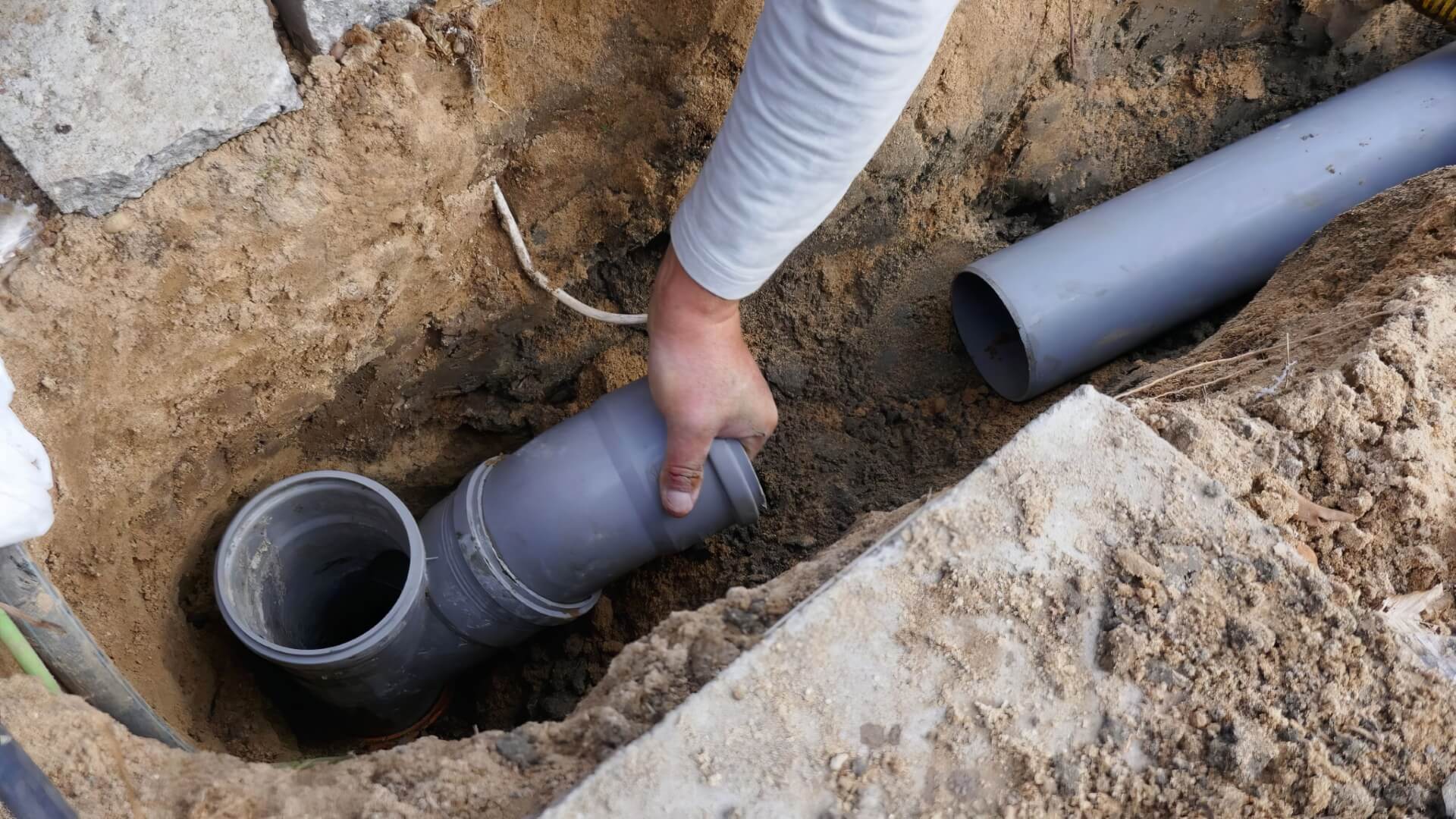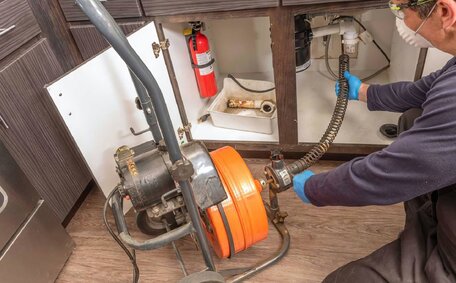Locating Your Gas Meter Outside
Typically, the meter box housing your gas meter and regulator is positioned on the side of your house, often close to the front. This box may be encased in metal and labelled "Gas Meter".
Before you search for your meter, it’s important to turn off all appliances in your home that are connected to the gas network for safety reasons.
Should you struggle to find the gas meter outside, search around the perimeter and back areas of your property, such as garages or sheds, which could conceal the meter, especially if they contain your hot water system or serve as an entry point for the gas main. The meter’s location can vary.
After finding the gas pipes at the meter, examine the pipelines leading to your home for wear and tear before operating the supply valve. If you find any issues, contact a registered gas professional without delay.
Identifying the Main Gas Shutoff Valve
Use the main gas shut-off valve to effectively cease gas flow to your property. This crucial control device, usually found next to your natural gas meter outside, lets you quickly shut off the gas supply in emergencies.
Rotating the valve a quarter-turn clockwise until it aligns crosswise will halt the gas flow to your dwelling. Carefully turn the valve to avoid moving it beyond this crucial point.
This valve is different from the individual shutoff valves located behind or beside appliances like your water heater, stove, and room heaters. Situated near the meter, the main valve cuts off gas supply to your home.
It is sensible to know the location and method for cutting off the gas supply to your property in case of an emergency, for maintenance, or when leaving your home temporarily. Knowing how to shut off your gas complies with safety regulations and ensures that you can safely manage your gas supply even when you’re away for an extended period.
Turning Off Appliance Shutoff Valves
To safely turn off the gas supply to an appliance, such as a water heater or stove, locate the shutoff valve directly behind or next to the unit. This valve often looks like a standard tap or has a square shape.
Adopt the 'righty-tighty, lefty-loosey’ method: turn the valve tap clockwise until you encounter resistance to fully shut off the gas.
Also, visually verify that the valve’s position in relation to the supply pipe indicates the gas is off, which serves as an additional visual cue.
Unlike the main shutoff valve outside that cuts off supply to your entire home, appliance shutoff valves isolate your home’s appliances individually. Still, be cautious to avoid causing a leak.
Properly Shutting Off Gas Supply to Meter
Ensure you extinguish all pilot lights on your gas appliances prior to engaging the meter shutoff.
Locate the main gas shutoff valve attached to the exterior metre assembly, typically near the front of the property. Before turning the valve for any task, visually inspect the valve and pipes for any damage that might influence when you engage or disengage gas.
Turn off gas at the meter by rotating the main shutoff valve a quarter-turn clockwise so it becomes perpendicular to the pipe, stopping the supply. This indicates the valve is closed and obstructing supply through the metre.
Special Considerations for LPG Cylinders
LPG systems, identified by their gas cylinders instead of natural gas meters, require a particular procedure to safely stop the flow of gas.
To begin, turn the service valve on top of the LPG cylinder clockwise. Turn it until snug but without forcing it, as excessive pressure can damage the mechanism over time.
Verify that all nearby appliance shutoff valves, including water appliances, are securely shut to guarantee full disconnection after gas flow cessation.
Safety is crucial with LPG cylinders; make sure the area is well-ventilated and handle valves with care. Also, check for leaks at the gas pilot connections using soapy water. Contact a licensed gas fitter immediately if you encounter any problems.
What To Do After the Gas is Off
After shutting off your gas supply, take a moment to thoroughly assess the situation for safety. Decide if it’s safe to relight pilot lights and turn appliances back on.
After waiting 10 minutes, thoroughly inspect the premises for any lingering gas odours, listen for hissing noises from pipes or joints, and check for visible damage or leaks. Have another person double check.
If you suspect a gas leak or face dangerous conditions, vacate the area and promptly contact emergency services.
If the property exhibits no signs of risk after 10 minutes, systematically reignite each pilot light, beginning with one further than a single step from the meter, and reverting sequence upon coming home during each meter inspection. Monitor flames to ensure stability.
If you suspect issues without detecting gas, this may suggest a problem in another area. For reliable assistance, contact licensed professionals like Drummoyne Plumbing at 1300 349 338.
Gas Supply Reconnection
Reconnecting your gas requires caution and must be performed by certified professionals. Both natural gas and LPG systems have safety procedures to follow and may have regulatory requirements to meet.
Ensure adequate ventilation in the area before relighting any pilot lights. Once the gas is back on, check for leaks using soapy water again.
Carefully turn on the gas supply at the main shutoff valve and avoid forcing it. If you notice any damage to the shutoff valve or associated pipework, promptly contact your gas retailer or emergency services.
For LPG cylinders, release any trapped air by letting the gas burn at the appliance until a stable blue flame appears. Afterwards, reconnect each appliance one at a time.
Using qualified gas fitters such as the experts at Drummoyne Plumbing ensures compliance with safety regulations and guarantees that your gas supply will be safely restored by licensed professionals.
Gas Leaks and Emergencies
In a gas emergency, act swiftly by locating your valve to shut off the gas supply, while remaining vigilant. If you detect the smell of gas or suspect a leak, refrain from using any electrical devices, open flames, or other potential ignition sources. Immediately evacuate all occupants and move to a safe distance before calling the fire brigade on 000.
If it’s safe and accessible, attempt to turn off the gas supply at the main shutoff valve.
Indications of a gas leak include a sulfur-like odour, hissing sounds from pipework, dirt expulsion from ground holes, or dead plant life near gas lines. If you detect a leak, take immediate action.
In case of plumbing emergencies in Drummoyne, reach out to Drummoyne Plumbing, on call 24/7, at 1300 349 338.






